
As travel in the Middle East continues to evolve, the region's airports are leading the charge in delivering luxurious, efficient, and passenger-friendly experiences. The Middle East has become a major hub for international travel, connecting continents and serving as a gateway for millions of passengers each year. With a blend of modern architecture, state-of-the-art facilities, and an emphasis on cultural hospitality, these airports are not just transit points but destinations in their own right.
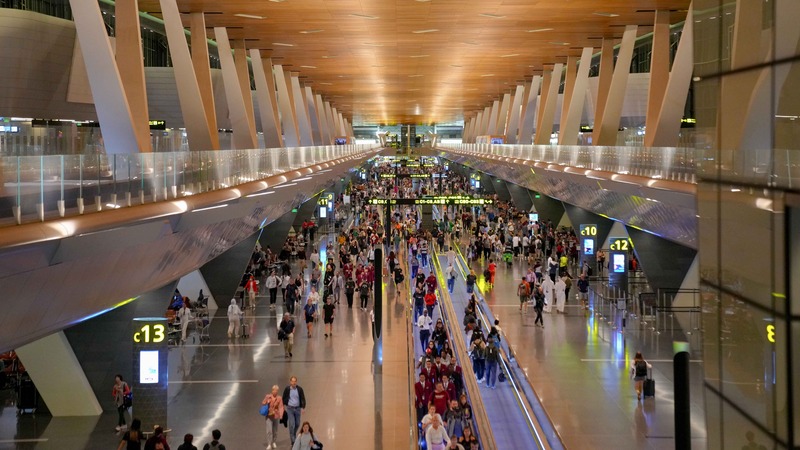
Skytrax’s 2025 rankings reveal the top 10 airports in the Middle East, showcasing their unique features, extensive facilities, and the reasons they stand out as premier travel hubs. From opulent lounges and gourmet dining options to efficient operations and cultural elements, these airports prioritize passenger comfort and experience. Additionally, many of these airports are investing in sustainable practices and technological advancements to enhance efficiency and reduce their environmental impact.
Let’s dive into the top 10 airports in the region, highlighting what makes each one exceptional and a vital part of the modern travel landscape.
1. Hamad International Airport, Doha (DOH/OTHH)
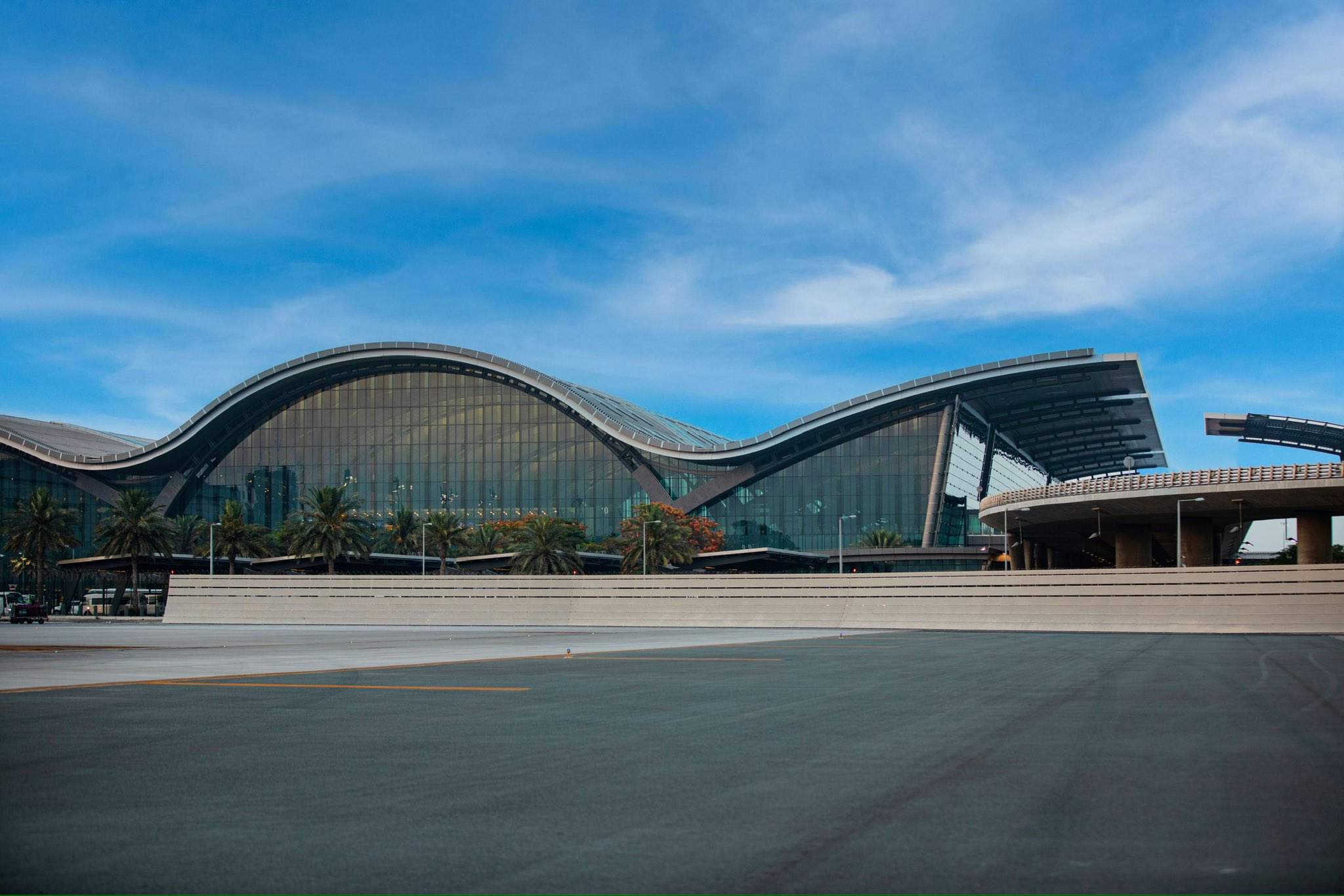
Hamad International Airport in Doha is widely regarded as the crown jewel of Middle Eastern travel. Its expansive, airy halls are adorned with stunning art installations, including the world-famous Lamp Bear. This airport offers a plethora of luxurious lounges, including the Al Mourjan Business Lounge, which features sleeping pods, private areas, and gourmet dining options.

Facilities include an on-site swimming pool, a spa, and a wellness center, providing travelers with ample opportunities to unwind before flights. Shopping ranges from high-end boutiques to local brands, while dining options feature a variety of international cuisines and Middle Eastern specialties. Efficient operations ensure short queues and rapid baggage delivery, with the Metro’s Red Line connecting the airport to the city center in just 15 minutes.
Additional Insights:
- Sustainability Initiatives: Hamad International Airport is committed to sustainability, featuring energy-efficient systems and waste management practices.
- Cultural Experiences: Regular art exhibitions and cultural displays reflect Qatari heritage, enhancing the journey for travelers.
2. Dubai International Airport, Dubai (DXB/OMDB)
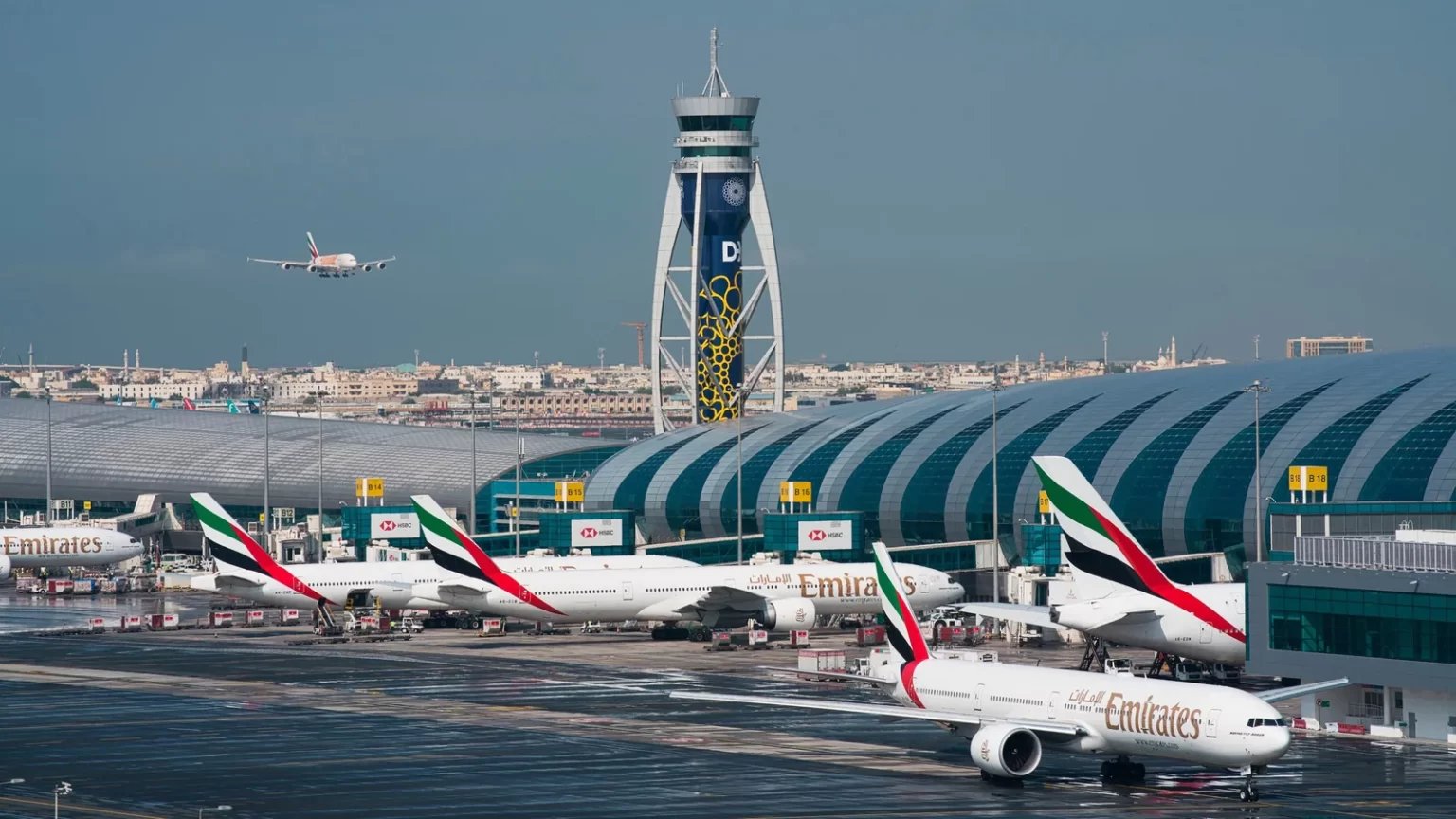
Dubai International Airport buzzes with energy and offers travelers nearly every amenity imaginable. Terminal 3, primarily used by Emirates, features sprawling lounges, luxury shopping, and gourmet dining options, including Michelin-starred restaurants.
The airport boasts state-of-the-art facilities such as relaxation areas, shower facilities, and even a health club. With a range of shopping options from luxury brands to duty-free bargains, the airport ensures a world-class retail experience. The Dubai Metro connects directly to Terminals 1 and 3, facilitating a quick 20-minute journey to the city center.
Additional Insights:
- Passenger Volume: Dubai International is one of the busiest airports in the world, handling over 86 million passengers in 2022.
- Smart Technologies: The airport has implemented biometric technology for faster check-ins and security processes.
3. Bahrain International Airport, Bahrain (BAH/OBBI)
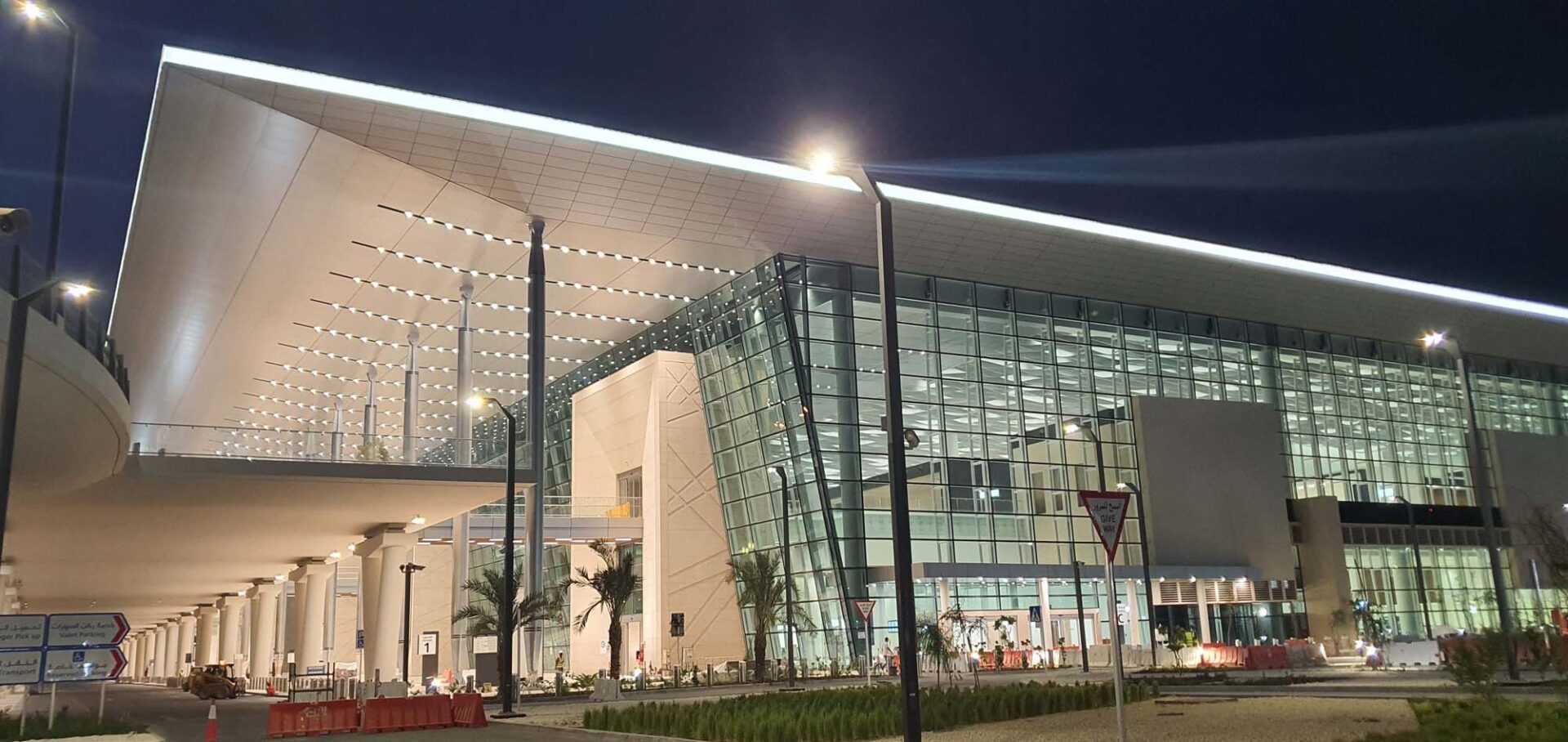
Bahrain International Airport has undergone a remarkable transformation, emerging as a serene and contemporary travel space. The new terminal is bathed in natural light, providing a calm atmosphere with clear signage and various amenities, such as family-friendly areas and dedicated children's play zones.
Lounges offer comfort without overcrowding, and the dining scene blends international chains with authentic Bahraini flavors. Shopping focuses on quality, with luxury products and local crafts available. Efficient security and immigration processes ensure a smooth travel experience, with easy access to the airport via taxis, ride-hailing apps, and dedicated bus services.
Additional Insights:
- Cultural Integration: The airport incorporates elements of Bahraini culture into its design and operations, making it a memorable stop for travelers.
- Business Facilities: Dedicated business lounges and meeting rooms cater to corporate travelers.
4. King Khalid International Airport, Riyadh (RUH/OERK)
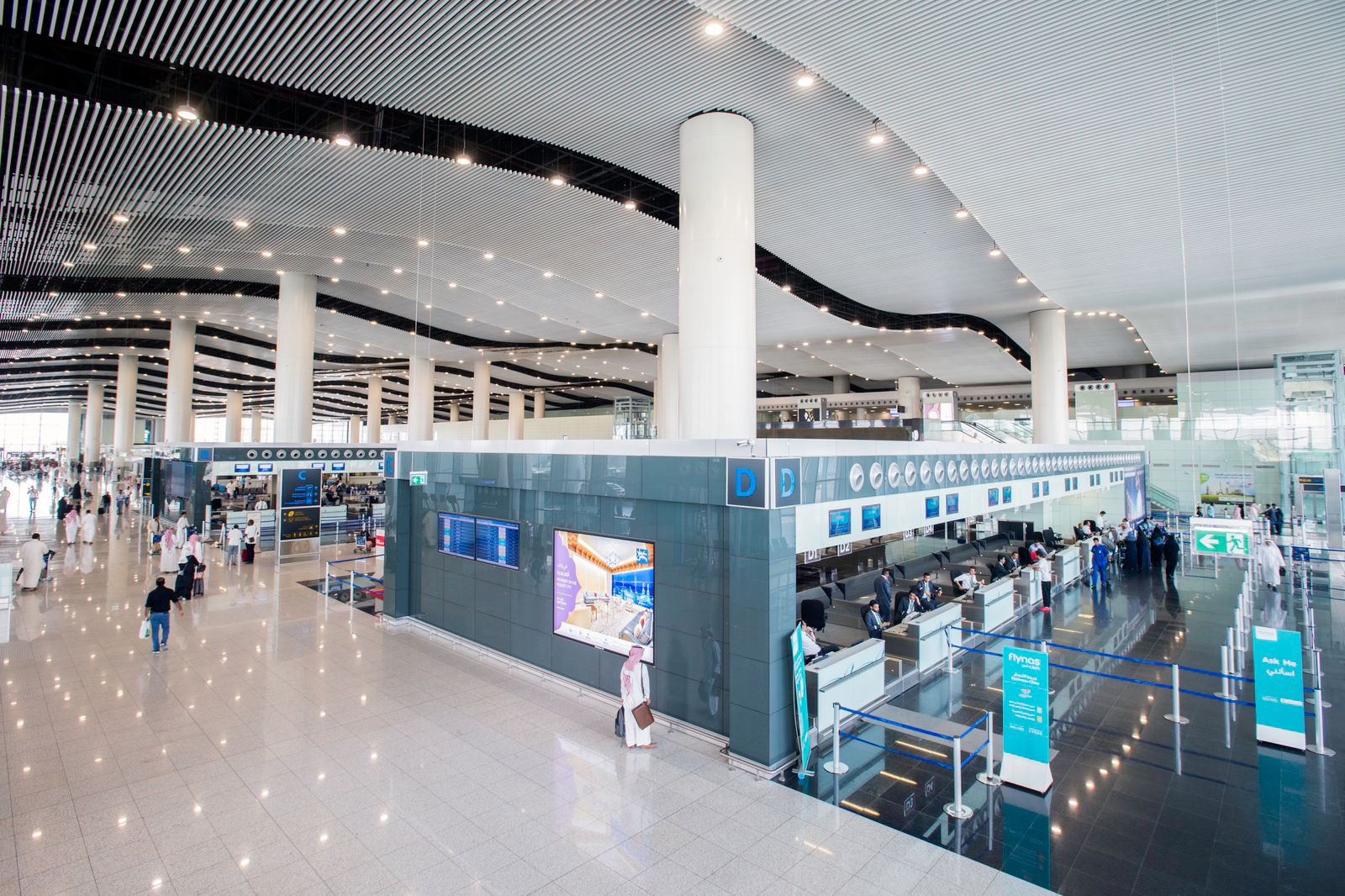
Riyadh's King Khalid International Airport is in the midst of an ambitious transformation that harmonizes tradition with modernity. The spacious terminals boast architecture that reflects Saudi culture and provide a range of facilities designed to enhance the passenger experience, including dedicated prayer rooms and family lounges.
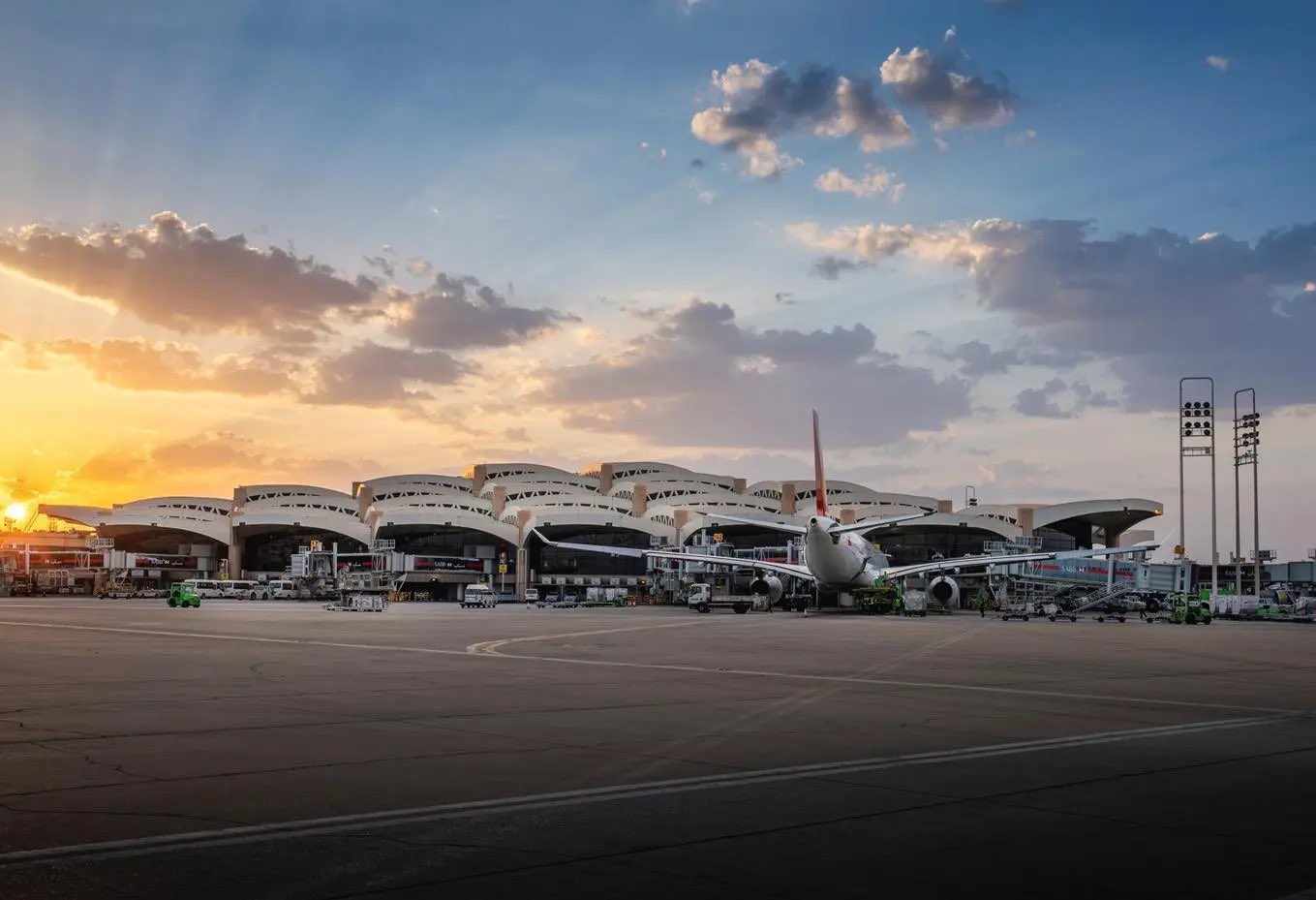
Dining options range from quick bites to sit-down restaurants, while an in-demand retail scene features both global and local brands. The airport plans to introduce additional lounges and recreational areas, enhancing comfort for all travelers. Transport to Riyadh's city center, located about 35 km away, is convenient, with numerous taxis and ride-hailing services available.
Additional Insights:
- Future Expansion: The airport is set to expand its facilities, aiming to increase capacity to accommodate more international flights.
- Cultural Events: Events celebrating Saudi culture are occasionally held within the airport, offering travelers a unique experience.
5. King Abdulaziz International Airport, Jeddah (JED/OEJN)

The new terminal at King Abdulaziz International Airport has revolutionized the travel experience for millions, especially pilgrims visiting for religious purposes. The modern design features large windows and spacious lounges, providing a less claustrophobic experience.
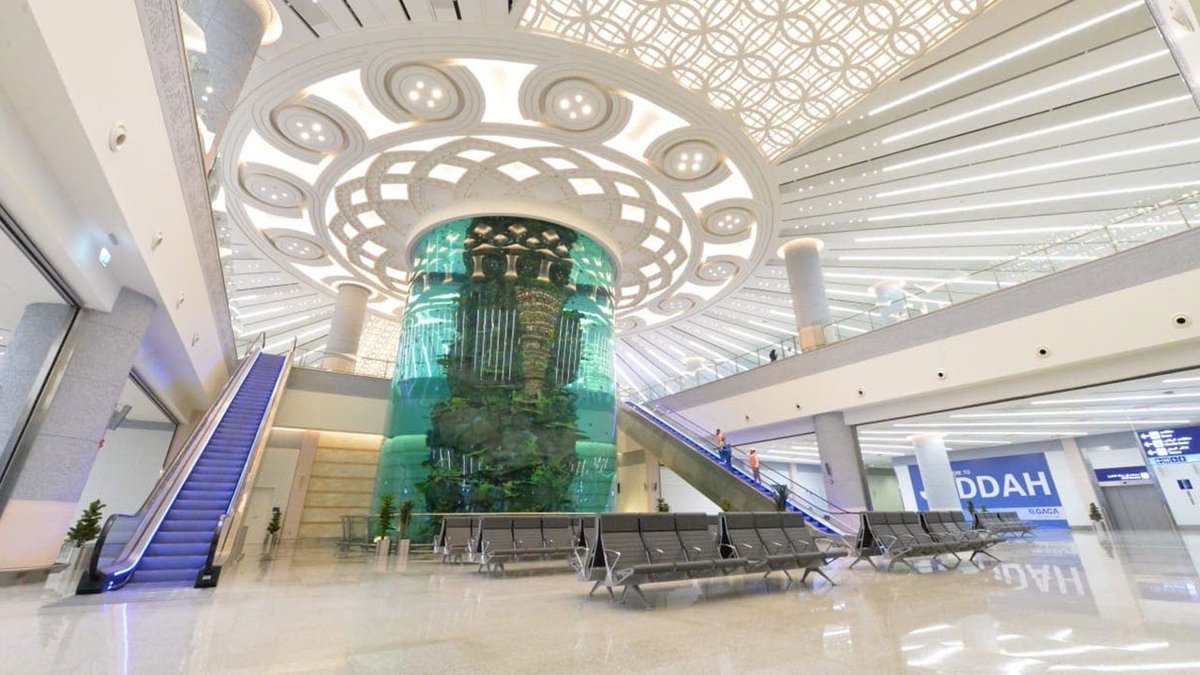
Facilities include dedicated prayer rooms, extensive dining options, and a variety of shopping outlets that offer international duty-free items and local crafts. The airport efficiently manages high seasonal traffic, ensuring smooth movement during peak periods. Located about 19 km from Jeddah’s city center, it’s accessible in around 25 minutes by taxi or ride-hailing services.
Additional Insights:
- Pilgrimage Services: Special facilities and services are tailored for Hajj and Umrah travelers, including dedicated lounges and guidance.
- Art Installations: The airport features art pieces that celebrate Islamic heritage, enhancing the cultural experience.
6. Abu Dhabi International Airport, Abu Dhabi (AUH/OMAA)
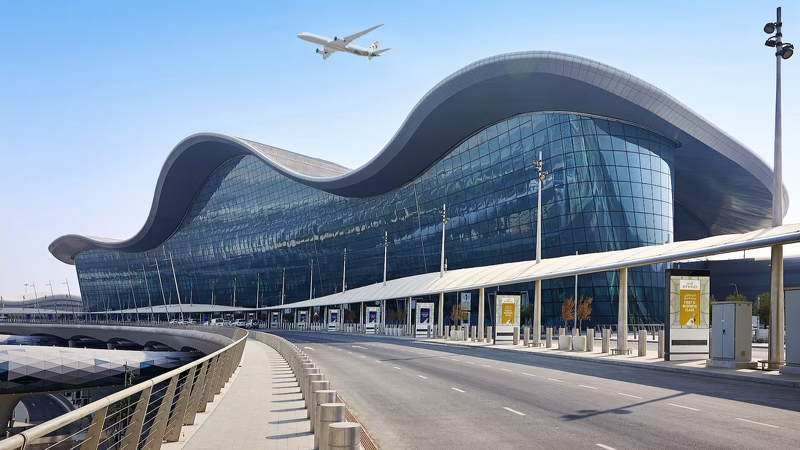
Abu Dhabi's new Midfield Terminal, known as Terminal A, marks a new era for the airport with its cutting-edge design and spacious layout. Offering luxurious lounges with sleep areas and showers, the terminal also features a variety of dining options, from fast food to fine dining.
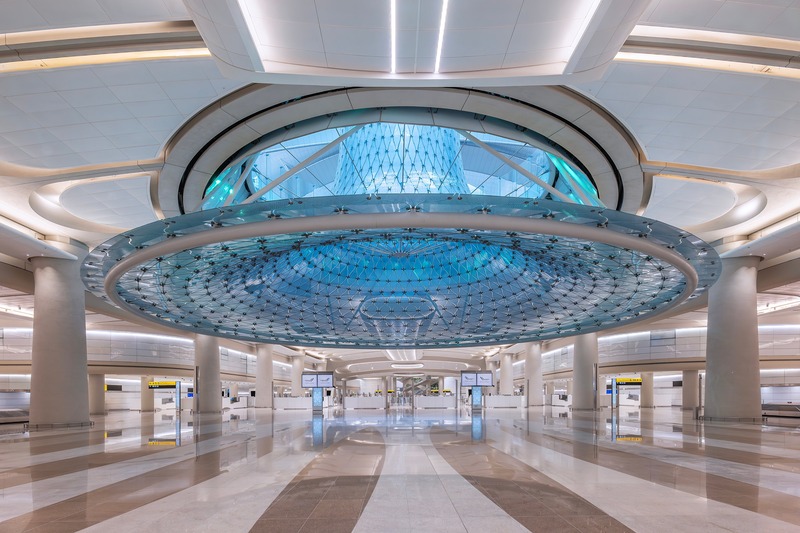
The retail area includes duty-free shopping and luxury brands, alongside local artisans. Cultural touches throughout the airport provide an Emirati flair, enhancing the travel experience. The city center, approximately 30 km away, is easily reachable via taxis, ride-hailing apps, or airport shuttles, with a metro system currently in development.
Additional Insights:
- Innovative Design: The terminal is designed with sustainability in mind, featuring energy-efficient systems and natural ventilation.
- Cultural Exhibitions: Regular exhibitions highlight Emirati culture and history, providing travelers with enriching experiences.
7. Prince Mohammad bin Abdulaziz International Airport, Medina (MED/OEMA)
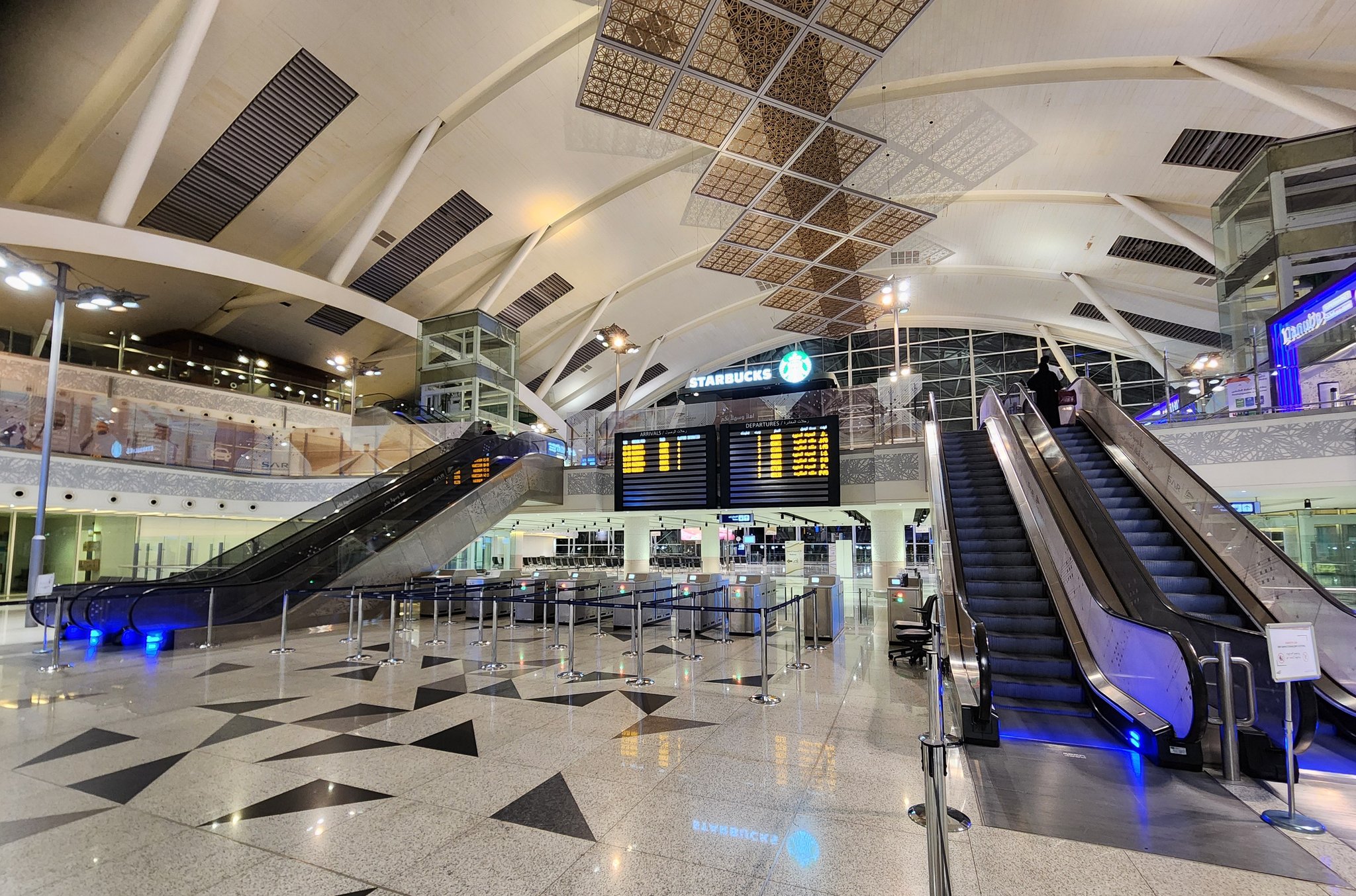
Medina’s airport may be smaller than others on this list, but it offers a warm and welcoming experience, especially for pilgrims. Its design merges modern efficiency with Islamic architectural influences, creating a friendly atmosphere.
Facilities include comfortable lounges, family areas, prayer spaces, and a selection of dining outlets suited for both short transits and longer waits. The service feels personal, with staff often going the extra mile to assist passengers. Located about 15 km from central Medina, taxis and ride-hailing services provide convenient transport, ensuring a dignified start or end to the pilgrimage experience.
Additional Insights:
- Community Focus: The airport actively engages with the local community, offering programs that enhance the travel experience for pilgrims.
- Efficient Operations: Streamlined processes for checking in and boarding ensure that travelers can focus on their spiritual journeys.
8. King Fahd International Airport, Dammam (DMM/OEDF)
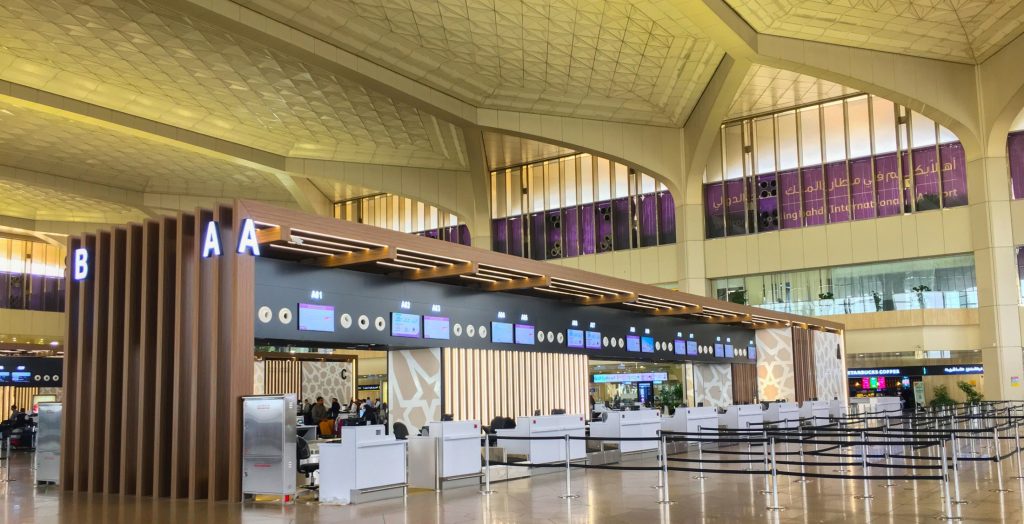
King Fahd International Airport stands out as one of the largest airports globally by land area, yet it offers a surprisingly calm passenger experience. The modern terminal features wide concourses, clear signage, and ample seating, with various dining options to improve the culinary experience.
Lounges provide a comfortable escape for those seeking a quieter environment, and shopping focuses on essentials rather than extravagant luxury, with a few local boutiques. The airport sits around 20 km from Dammam city center, and taxis, buses, and ride-hailing apps ensure reliable connections.
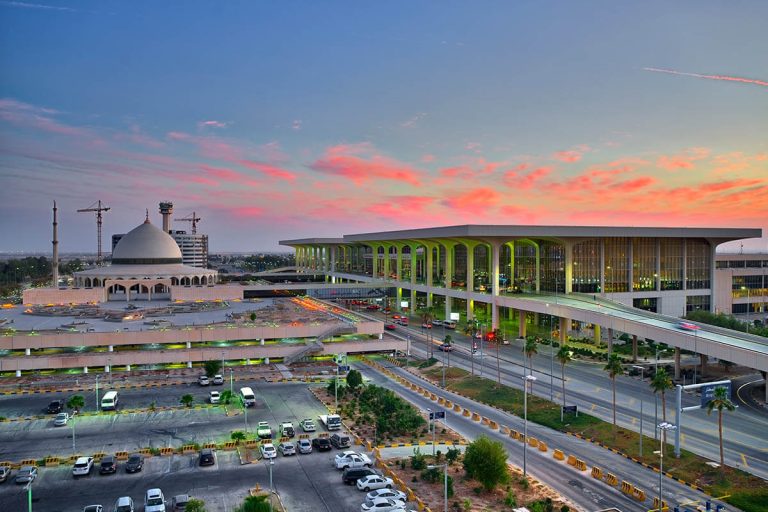
While it may lack the flashiness of some Gulf hubs, Dammam’s strength lies in its efficiency, cleanliness, and ease of navigation, making it a pleasant starting point for travel in Saudi Arabia’s Eastern Province.
Additional Insights:
- Accessibility: The airport is designed to be accessible for individuals with disabilities, featuring ramps and dedicated services.
- Local Influence: Regional art and cultural elements are incorporated into the airport's décor, reflecting the local heritage.
9. Muscat International Airport, Muscat (MCT/OOMS)
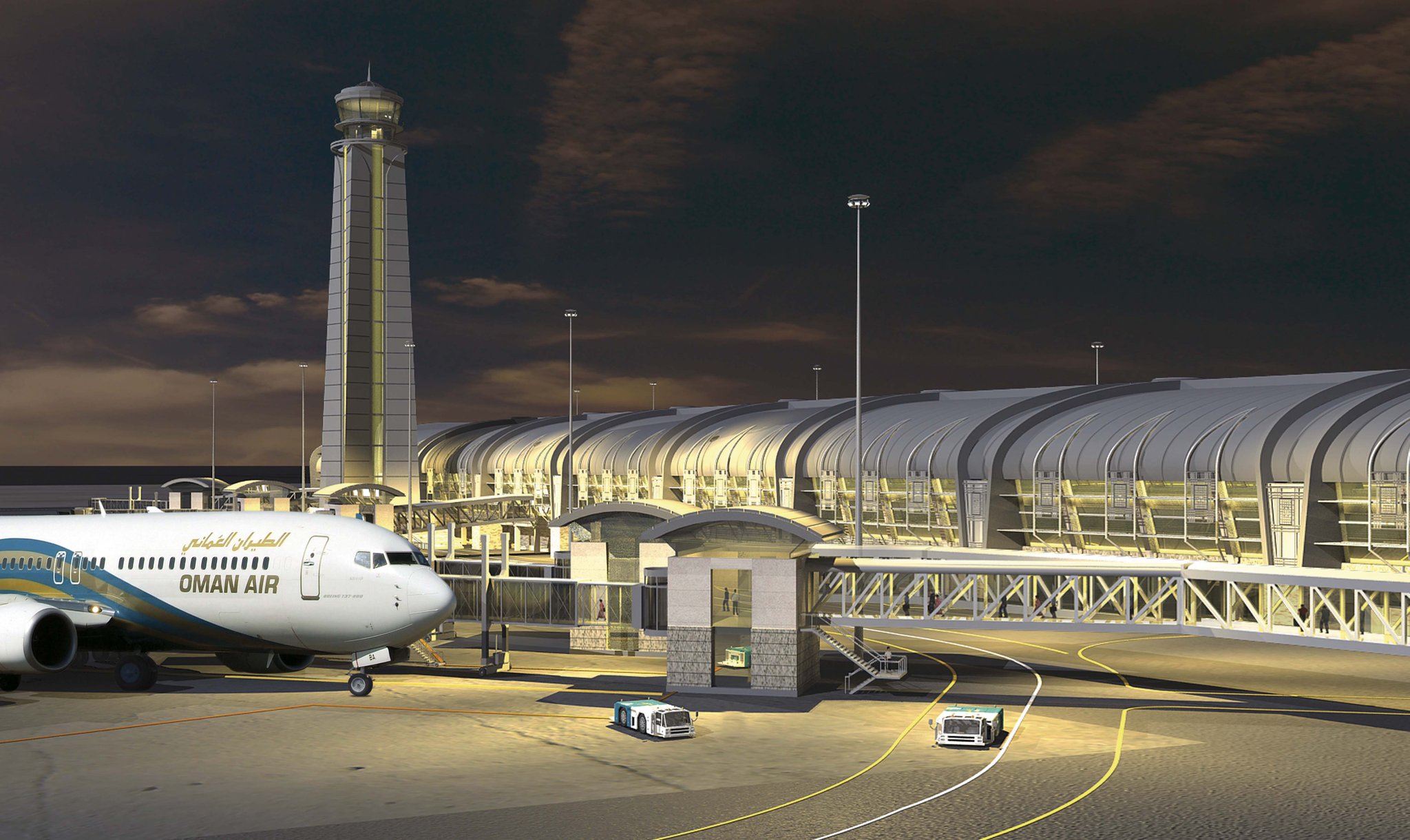
Muscat International Airport is celebrated for its stunning design, which combines modern infrastructure with traditional Omani aesthetics. The spacious terminal features large windows providing breathtaking views of the surrounding mountains.
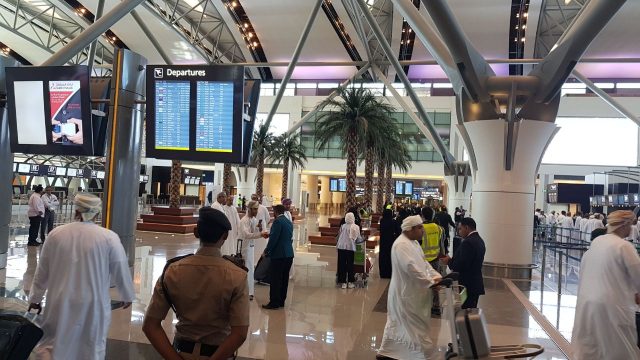
Travelers can enjoy a range of dining options, from local Omani dishes to international cuisine, along with well-equipped lounges that include sleeping pods and relaxation areas. The duty-free shopping experience is enhanced by a selection of Omani crafts and luxury brands. The airport is conveniently located about 15 km from Muscat’s city center, with taxis being the most popular transport option.
Additional Insights:
- Sustainable Practices: The airport is committed to minimizing its environmental footprint, employing sustainable materials and practices in its operations.
- Cultural Heritage: Omani culture is celebrated through art installations and exhibitions, providing travelers with a deeper understanding of the region.
10. Salalah International Airport, Salalah (SLL/OOSA)
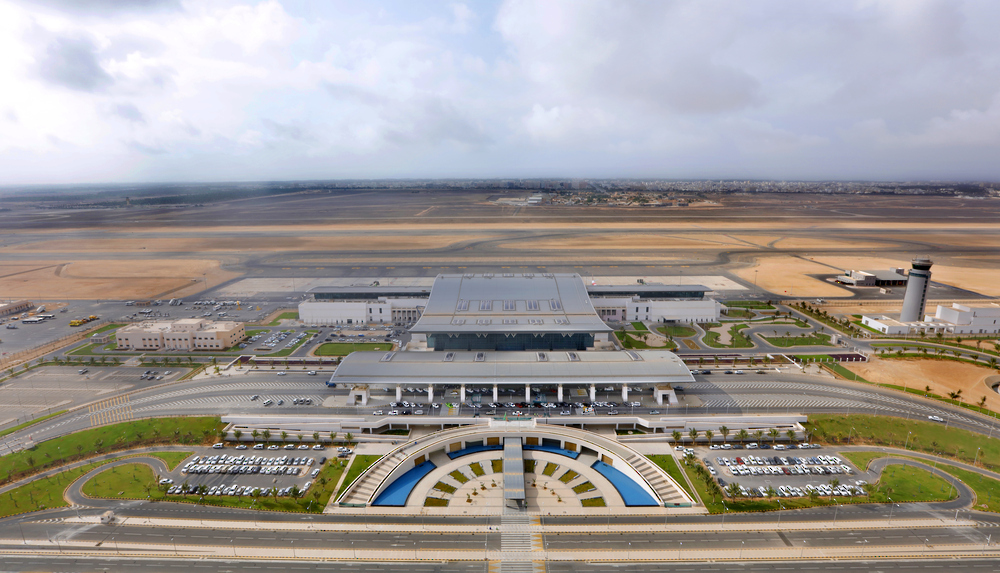
Salalah International Airport may be modest compared to its larger counterparts, but it offers a calm and efficient environment. Serving as the primary gateway to Oman’s southern region, known for its lush monsoon season, the airport features comfortable seating, a small selection of shops and eateries, and well-kept lounges.
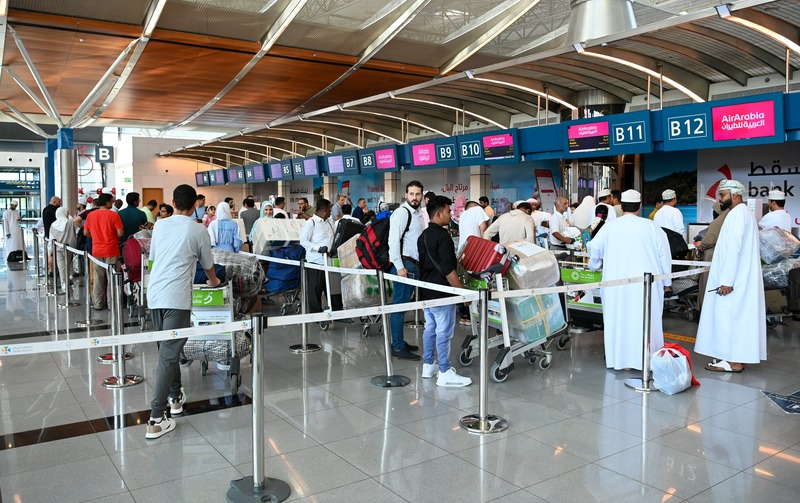
Facilities include family-friendly areas, charging stations, and information desks staffed with helpful personnel. The design reflects Omani heritage, providing a unique experience despite its size. Located just 6 km from Salalah city, it’s easily accessible by taxi or hire car.
Additional Insights:
- Local Cuisine: The airport promotes Omani culinary traditions, offering authentic dishes in its dining options.
- Tourist Information: An information center provides travelers with insights and tips for exploring Salalah and the surrounding areas.
Conclusion
From the soaring glass walls of Hamad International Airport to the serene charm of Salalah International Airport, the Middle East’s airports offer a diverse range of experiences that cater to travelers’ needs. Whether handling millions of passengers or providing a personal touch, these airports exemplify a commitment to passenger comfort and operational efficiency, solidifying their status as some of the best in the world. Additionally, their focus on sustainability and cultural representation makes them not just transit points but integral parts of the travel experience.

.jpg)
.jpg)



.jpg)
 (1).jpg)


.jpg)


.jpg)
.jpg)
.jpg)
 (1).jpg)

.jpg)
.jpg)

.jpg)



.jpg)


.jpg)

.jpg)

 (1).jpg)
.jpg)
 (1).jpg)

.jpg)

.jpg)
.jpg)


.jpg)
.jpg)





.jpg)
.jpg)
.jpg)

.jpg)
.jpg)
.jpg)